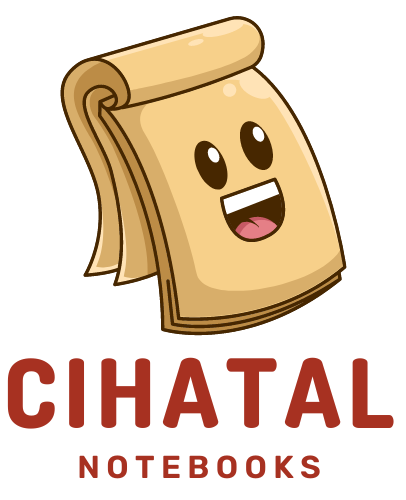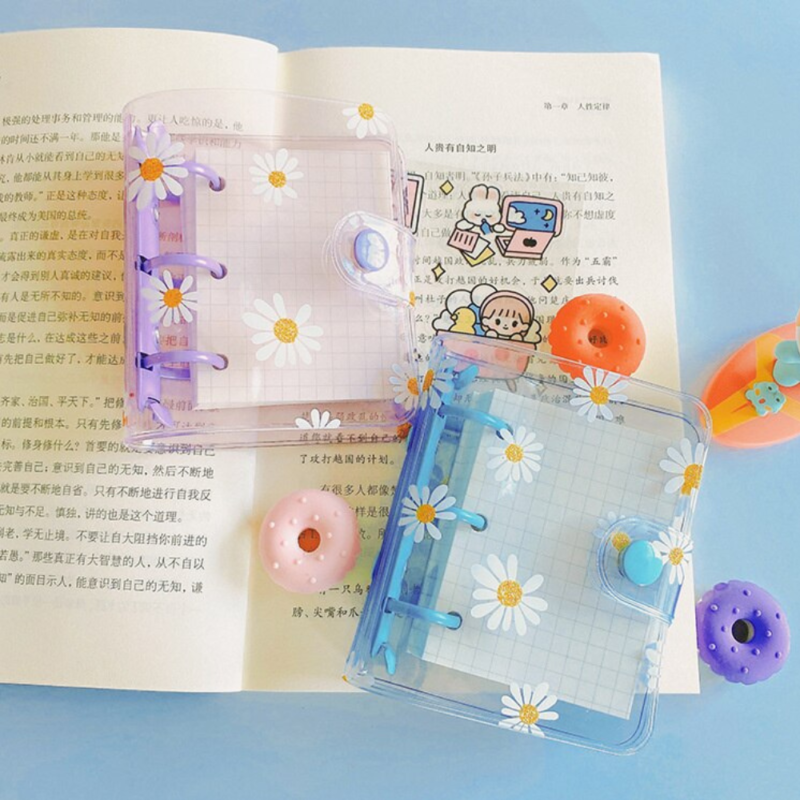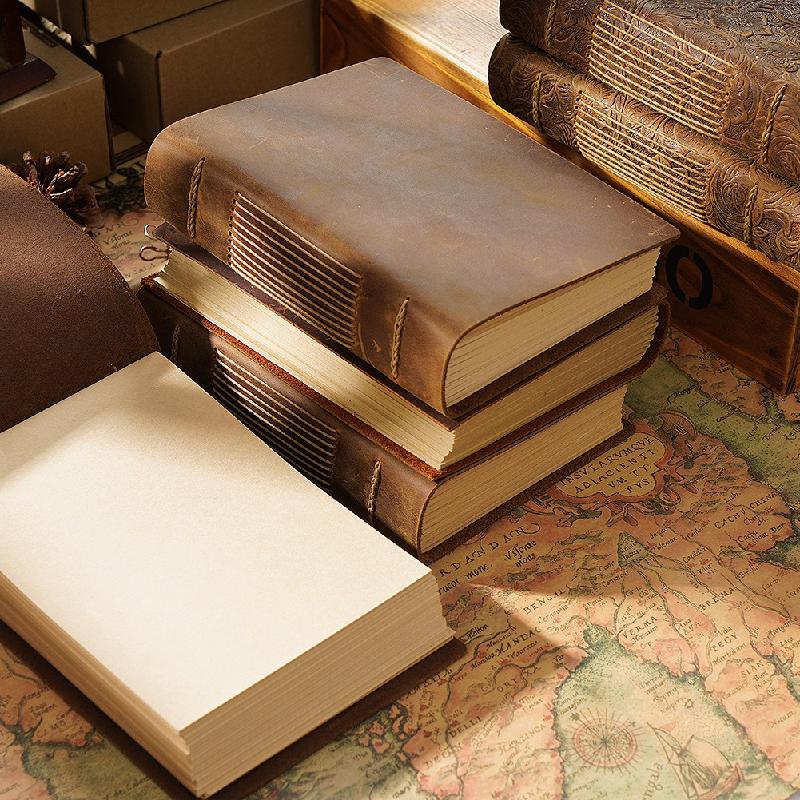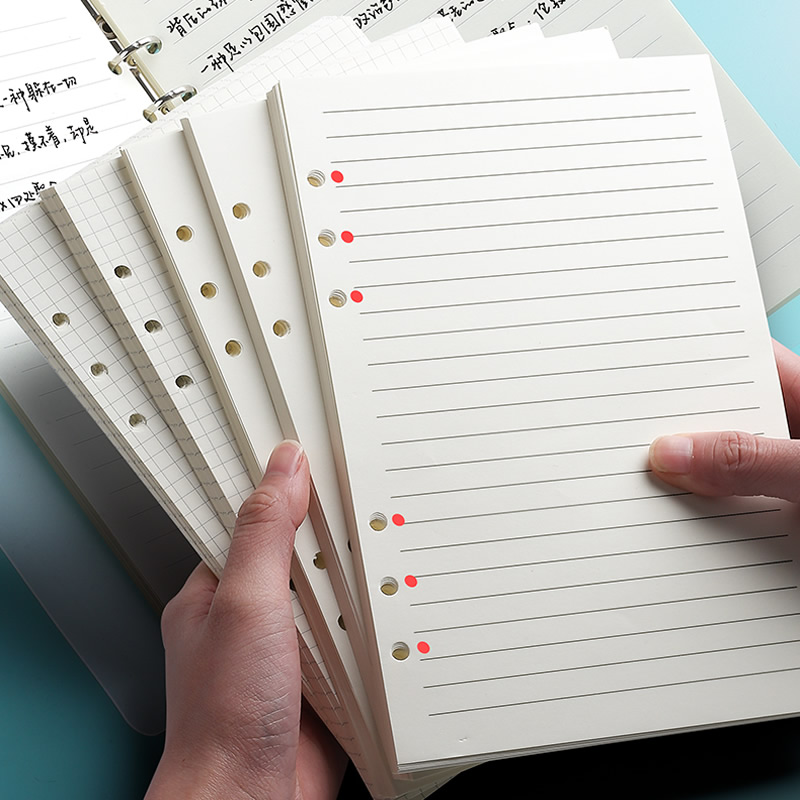Notebooks
Choosing the Right One for Your Needs
Introduction
Notebooks have been an essential tool for centuries, evolving from simple bound sheets of paper to highly specialized tools designed for various purposes. Whether you’re a student, a professional, an artist, or simply someone who loves to jot down thoughts, choosing the right notebook can significantly impact your productivity and creativity. In this comprehensive guide, we’ll explore the different types of notebooks, their unique features, and how to select the perfect one for your needs.
1. Types of Notebooks
Notebooks come in a variety of styles, each suited for different purposes. Understanding these types can help you make an informed decision when purchasing one.
Ruled Notebooks: These are the most common type of notebook, featuring horizontal lines that help keep your writing neat and organized. They are ideal for note-taking, journaling, and general writing tasks.
Graph Notebooks: Graph notebooks have pages with a grid of squares, making them perfect for mathematical calculations, technical drawings, and graphing data. They are often used by engineers, architects, and students in science and math courses.
Dotted Notebooks: Featuring a pattern of small dots, these notebooks offer a balance between ruled and graph notebooks. They are popular among bullet journalists and designers for their flexibility in creating layouts, charts, and sketches.
Plain Notebooks: With blank pages, plain notebooks provide complete freedom for writing, drawing, and sketching. They are ideal for artists, designers, and anyone who prefers an unstructured approach.
Perforated Notebooks: These notebooks have perforated edges, allowing you to easily tear out pages without damaging the binding. They are useful for sharing notes, handouts, or drafts.
Specialty Notebooks: There are also notebooks designed for specific purposes, such as planners, diaries, and music composition books. These often include additional features tailored to their intended use.
2. Binding Types
The binding of a notebook affects its durability, usability, and overall feel. Here are some common types of notebook bindings:
Spiral Binding: Spiral-bound notebooks use a metal or plastic coil that allows the pages to lie flat when open. They are great for writing on both sides of the page and can be folded back on themselves, making them highly portable.
Perfect Binding: Often found in higher-end notebooks, perfect binding involves gluing the pages into a solid spine. These notebooks have a sleek, professional appearance but may not lie completely flat.
Sewn Binding: This binding method uses thread to stitch the pages together. Sewn binding is highly durable and allows the notebook to lay flat when open. It is commonly used in premium notebooks and journals.
Stapled Binding: Also known as saddle-stitch binding, stapled binding involves using staples to secure the pages along the spine. These notebooks are typically thinner and less durable but are cost-effective and lightweight.
Disc Binding: Disc-bound notebooks use small discs to hold the pages in place. This system allows for easy rearrangement and removal of pages, offering flexibility for customization.
3. Cover Materials
The cover material of a notebook not only affects its durability but also its aesthetic appeal. Here are some common cover materials:
Cardboard: Cardboard covers are lightweight and affordable, making them a popular choice for everyday notebooks. However, they may not be as durable as other materials.
Plastic: Plastic covers are durable and resistant to water and wear. They are ideal for notebooks that will be used in various environments.
Leather: Leather covers offer a luxurious look and feel. They are durable and often used in premium notebooks and journals.
Fabric: Fabric covers provide a unique texture and can be stylish and durable. They are often used in designer notebooks.
Hardcover: Hardcover notebooks offer excellent protection for the pages inside. They are durable and suitable for long-term use.
4. Paper Quality
The quality of the paper in a notebook can significantly impact the writing experience. Consider the following aspects of paper quality:
Paper Weight: Measured in grams per square meter (gsm), paper weight affects the thickness and durability of the pages. Higher gsm paper is thicker and less likely to bleed through.
Texture: The texture of the paper can vary from smooth to rough. Smooth paper is ideal for fine writing instruments, while textured paper can add character to sketches and drawings.
Opacity: Opacity refers to how much ink shows through to the other side of the page. Higher opacity paper prevents ink from bleeding through, making it suitable for double-sided use.
Acidity: Acid-free paper is more durable and less likely to yellow over time. It is ideal for archival purposes and long-term projects.
5. Size and Portability
Notebooks come in various sizes, from pocket-sized to large formats. Consider where and how you will use your notebook to determine the best size for your needs.
Pocket-sized Notebooks: These small notebooks are highly portable and ideal for jotting down quick notes on the go. They can easily fit into a pocket or small bag.
A5 Notebooks: A5 notebooks are a popular choice for everyday use. They are portable yet offer enough space for detailed notes and drawings.
A4 Notebooks: A4 notebooks provide ample space for extensive notes, sketches, and projects. They are suitable for use in the office or classroom but may be less portable.
Oversized Notebooks: Larger notebooks are ideal for creative projects, presentations, and planning. They offer plenty of space but are less portable.
6. Additional Features
When choosing a notebook, consider any additional features that may enhance its functionality:
Elastic Closure: An elastic band can keep your notebook securely closed, protecting the pages inside.
Ribbon Bookmark: A built-in ribbon bookmark helps you easily find your place in the notebook.
Pocket: Some notebooks include a pocket inside the cover for storing loose papers, notes, or receipts.
Page Numbers: Numbered pages can help you stay organized and quickly reference specific sections.
Index and Table of Contents: These features are useful for longer projects and journals, allowing you to easily navigate through the notebook.
Conclusion
Choosing the right notebook is a personal decision that depends on your specific needs and preferences. Whether you’re taking notes in class, sketching your next masterpiece, or planning your week, the perfect notebook can make all the difference. By considering the types of notebooks, binding methods, cover materials, paper quality, size, and additional features, you can find a notebook that enhances your productivity and creativity.
At the end of the day, a notebook is more than just a collection of pages; it’s a tool for capturing ideas, expressing thoughts, and documenting your journey. So take the time to choose the right one, and enjoy the endless possibilities that come with putting pen to paper.



